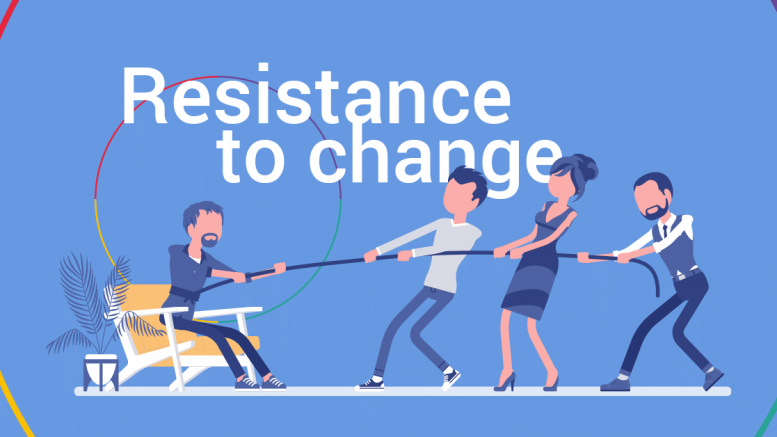There have been many instances on my journey where driving change and transformation has fallen into my lap. There have been some intense large format changes and some smaller functional ones that I have had to navigate.
I love and accept change and am always happy to embrace it. Until the change process happens, there is not much that can be done in terms of controlling the outcomes and this makes change hard for a lot of people. Settling into comfortable spaces is the easiest thing to do. To band-aid fix issues and to let broken practices run their course is most detrimental to the organisation.
Why is there so much resistance to change? The answers are many but the ones that top my list are as follows:
- Getting out of comfort zones is an issue
- Having to learn something new is not an easy to accept idea
- Expectation changes that come with change can tip the scales
- Every change comes with negatives and positives, its how it is accepted and perceived that matters
- The inability to manage or take risks
Change has always had natural resistance as it takes time to work with and that is logical resistance, which is easy to navigate. The more complex ones to deal with are psychological resistance which needs to be dealt with on a case to case basis and sociological resistance which is far more complicated when it comes to tackling.
But the good news is, change can be managed and so can resistance. It has to start at the top as all change needs to come from the top and then trickle down along with a bottom up strategy so its equalised.
- Change must be disseminated democratically
- Everyone must get to be a part of the plan to execution stage so there is absolute clarity
- A trickle-down effect must be planned so it can flow smoothly in context of transition
- At every step communication is key
- Both intent and belief need to be strong and clear
- Change management needs to be both strategic and tactical so it caters to everyone
- Anticipate and work with the assumption that there will be resistance
- Be prepared to roll out change measures and resistance limiting measures
- Speak up and speak out about the resistance
- Address it and tackle it sat the early stages
- Identify the triggers, the root cause and the people that need to work with in the system
- Get everyone to participate in the change cycle and assign roles to them
- Identify the roadblocks, attitudes, and blind spots so as to be prepared
- Engagement, encouragement and empathy are key
- Assign measurable outcomes and timelines
- Make data work for you
- Focus on the issue and problem not the person for better results
- Create channels to share and communicate
- Keep conversations open ended and ask for feedback
- Always close the loop on all communications
- Plan a stage wise roll out for the change so the phasing out will help
- Training is key
This makes us think truly about the irony of life and what is worth leaving behind and what is worth carrying forward into the cycle of change.
Happy change and change management!
The views and opinions published here belong to the author and do not necessarily reflect the views and opinions of the publisher.



Leave a comment